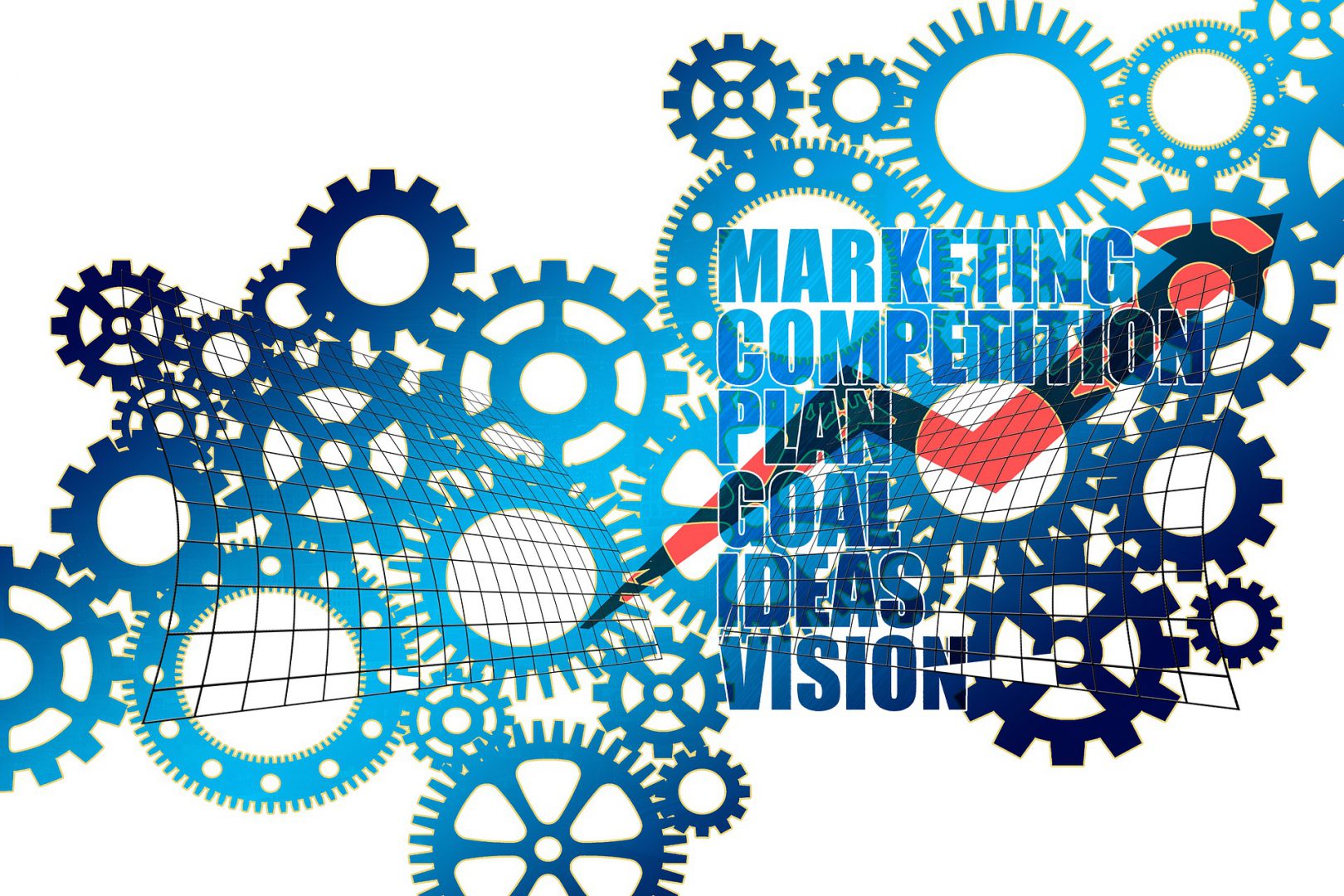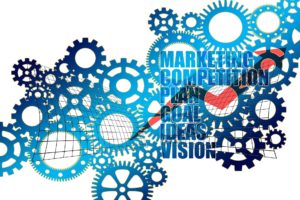- January 24, 2018
- Posted by: andreag
- Category: LeadershipOrg CultureOrganization StructureOrganizational GrowthStart-ups

In the first of our posts in this short series, I looked at the impacts of poor organizational structure. Next I outlined symptoms to help you diagnose if structure is a problem in your organization. In this post, I begin a 2 part examination of the fix to a structure problem. First step, and what is covered here, is assuring that all the essential functions of an organization are identified and assigned. Next post, I describe how the functions below are translated into the job descriptions, or “hats”, of your employees.
So, on with the first step in defining a solution to a structure problem: assessing whether all needed organizational functions have been identified, defined and assigned. Often it is the case that responsibility for vital functions is unassigned. The result is usually underperformance and/or overloading of the CEO who must handle the crisis resulting from functions not being handled further along the chain.
Note that the essential functions are not in the “shape” of a traditional organizational chart. These functions are not job titles, or even departments. Functions are activities or responsibilities, many of which could well be divided amongst several different individuals or even departments in a large organization.
The Essential Functions
All organizations (excluding government, but including for-profit and non-profit) must successfully fulfill seven vital functions, each with essential sub-functions, in order to initially survive and continue to prosper. There are some exceptions during the start-up phases of an organization, which I will address later in this post.
 Again, it is critical to note that these are functions, not departments or staff. In large organizations, the unique tasks to carry out a function may be divided between a host of staff. In small organizations, individuals may complete all or a portion of several different functions in their role.
Again, it is critical to note that these are functions, not departments or staff. In large organizations, the unique tasks to carry out a function may be divided between a host of staff. In small organizations, individuals may complete all or a portion of several different functions in their role.
Here are the seven key functions and the sub-functions therein. Later in the post, I will explain how they work together:
1. Executive – assuring that the organization renews itself, is safe to expand and is operating as intended. Sub-functions are varied and include:
- Business Development: researching new products, markets, methods and applying them so as to stay ahead of competitors and needed by customers
- External Relations: assuring that the organization is free from legal/regulatory/political hazards so that employees are free to expand
- Operations: assuring an efficient/effective operation is defined
2. Organizational Support – assuring that sufficient trained staff are in place, equipped and connected to one another. As in the Executive function, the sub-functions of Organizational Support are varied and include:
- Personnel: traditional HR functions, including assuring that all new employees are successfully on-boarded so as to perform early on
- Communications: employees must all be connected to create mutual understanding in order for internal and external customers to be well served and production effective.
- Building, Equipment, Materials: Staff have all that is needed to be productive. This includes todays burgeoning IT responsibilities.
3. Sales – Sales must be generated to fuel the company. The sub-functions for Sales don’t span as wide a spectrum of organizational functions as Executive or Organizational Support. They include the work that goes into the securing of commitments for the purchase of products/services from prospects who know about the organization and have expressed an interest in purchasing/using its products or services.
4. Financial – The finance function includes all things accounting related. Sub-functions for finance are more clear-cut and narrow, as they are in Sales, and include the three basic sub-functions of accounts receivable, accounts payable and financial reports.
5. Production – This function and its sub-functions are uniquely designed for each organization depending upon the nature of its products/services. Included is the design, delivery, support, etc. that goes into creating the product or service that is desired by the organization’s customers and delivering that product or service effectively and efficiently.
6. Quality – Quality assures your current and future customers receive what they are coming to you for. Sub-functions include verifying that a quality product is delivered, diagnosing the cause whenever that is not the case and assuring sound solutions to any problems identified are both designed and implemented.
7. Marketing – While the Sales function targets existing prospects who know you and your product line, the Marketing function works to expand your reach to new publics, i.e., growth. Sub-functions include market research, new methods of advertising and promotion, and looking for new ways to use and market your products that will attract new customers.
Flow of Functions
The functions are designed to be a picture of the flow of work in an organization. Think of the functions as a linear progression, that ends in Marketing. Then Marketing creates interested publics that loop back and feed into sales, and the cycle continues. The Executive and Organizational Support functions hold the space for the other 5 to continue in this repeating cycle, assuring the organization has the tools, vision, staff, etc. to grow and prosper.
The Special Case for Start-Ups
Start-up organizations operate on a different playing field from established organizations in terms of function. Early on in an organization’s life, survival truly depends upon successful implementation of three of the vital functions listed above: sales, finance and production. The Executive function has already fulfilled its initial responsibility to define a viable business concept and get it financed. Now it is up to the small cadre of staff to get it through infancy and pay off initial debt. Later, more people, more systems, and the focus on new markets and customers will bring into play the need to formally establish all the functions as a complete system.
What’s Next
Next, and last, in the series, is how to define the responsibilities of a “hat” or job in the organization. Each of the functions described above has one or more individuals carrying out the responsibilities of that function. The hat write-up, akin to a job description, details what that staff member is tasked to produce (not just do) and how their success is measured.



